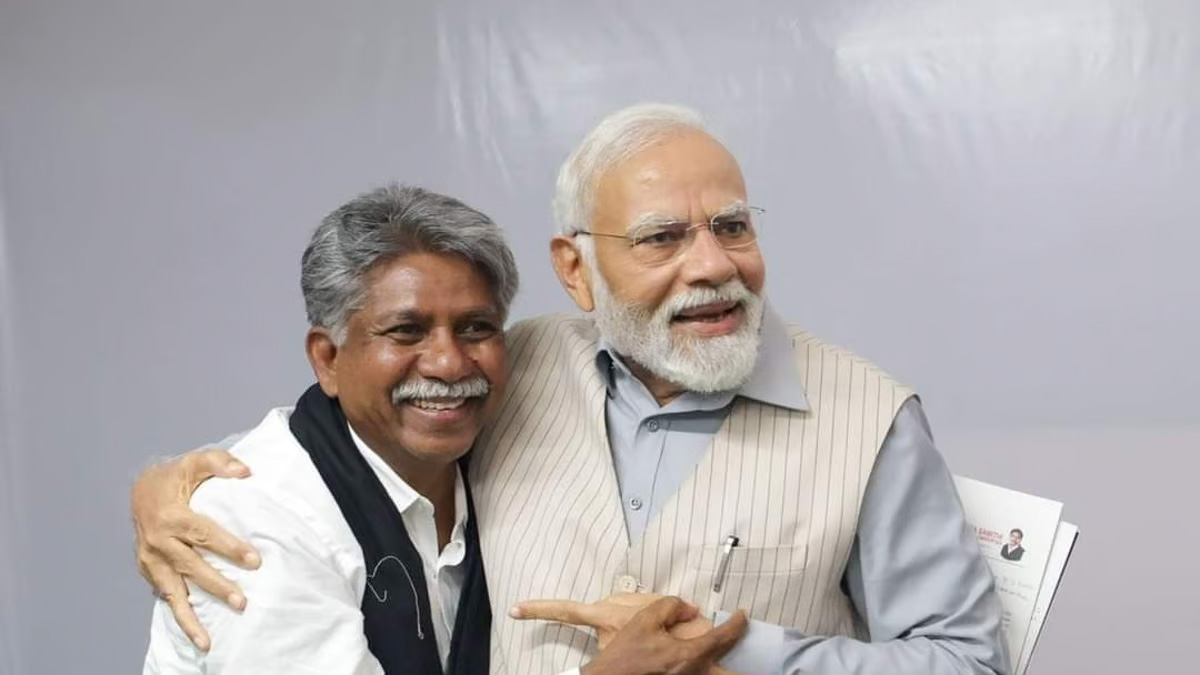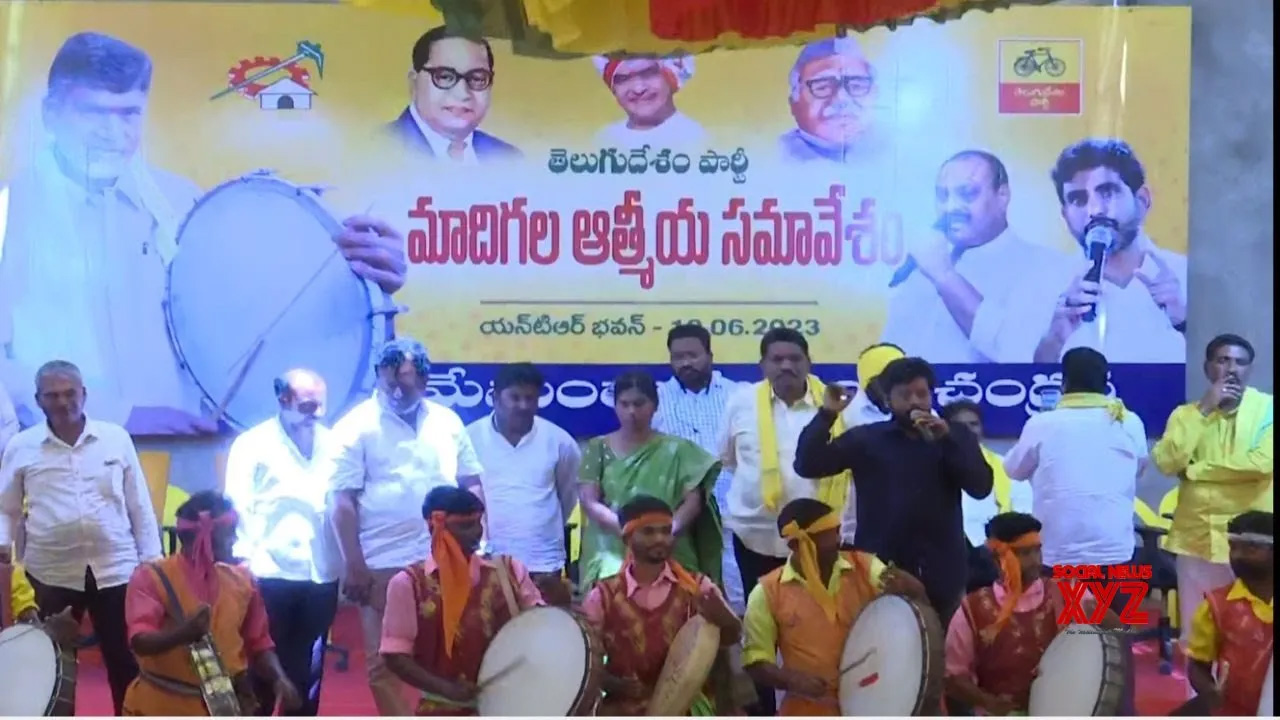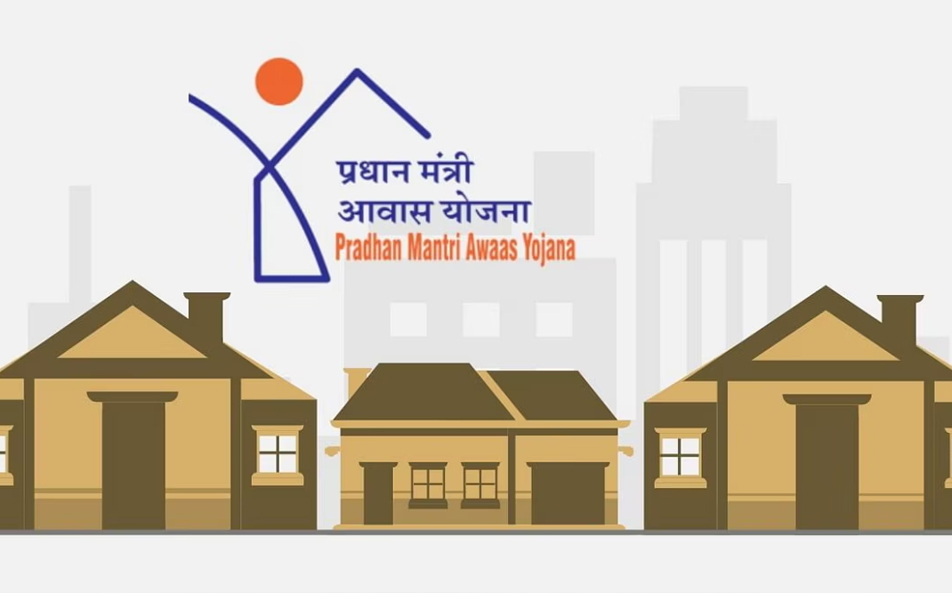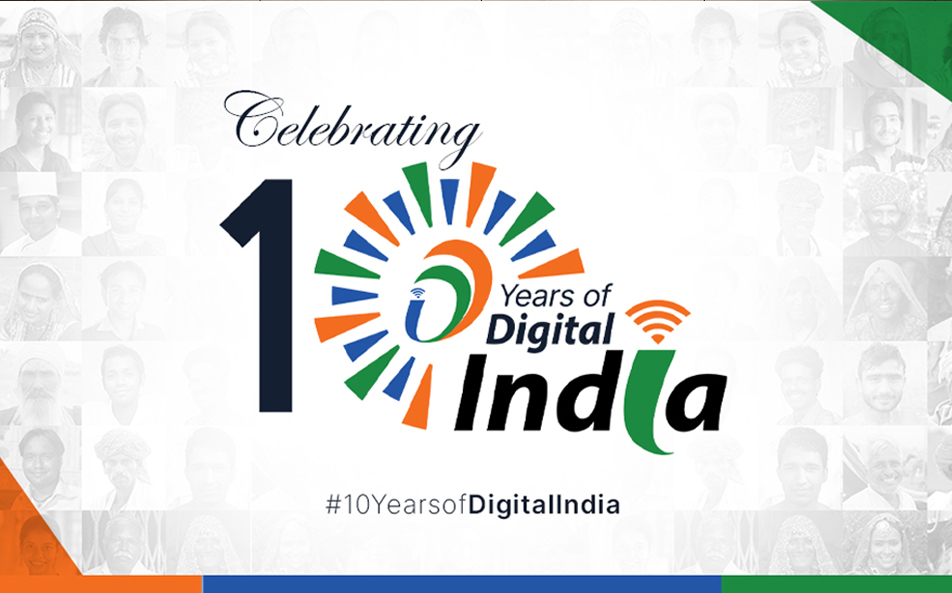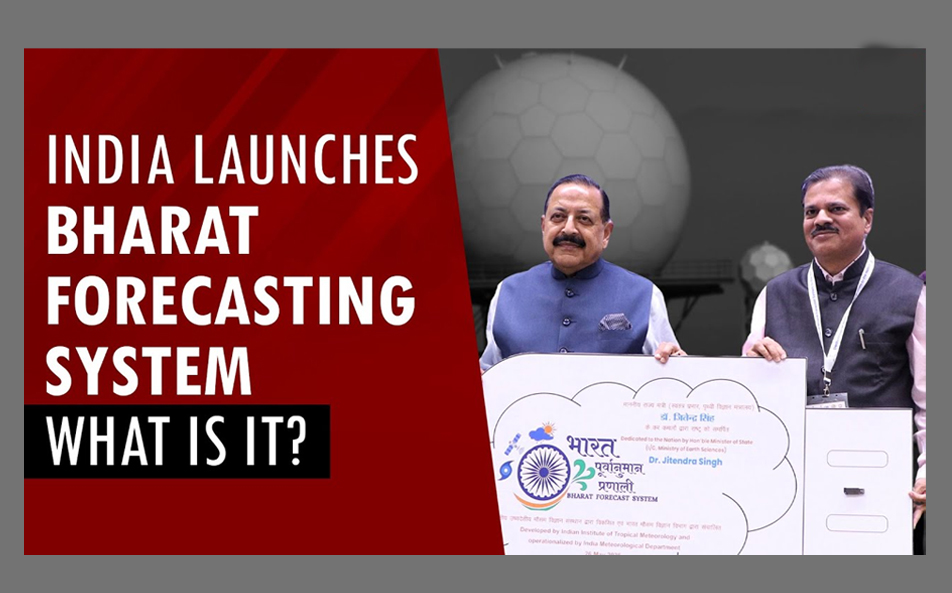
The United Indian

The Madiga community, primarily found in the southern regions of India, traces its roots to ancient times. Historically, they have been associated with occupations such as leatherwork, tanning, and scavenging. Despite their vital role in these professions, they have endured societal marginalization and discrimination for centuries. This association led to social and economic exclusion, denying them access to education, land ownership, and dignified livelihoods for centuries.
The Madiga community, constituting roughly half of the Scheduled Caste (SC) population in Telangana, stands at the center of a complex and ongoing struggle for equitable access to opportunities. Their fight, intertwined with historical injustices and evolving socio-political dynamics, paints a nuanced picture of caste-based disparities in contemporary India.
Roots of Disadvantage
For centuries, Madiga caste history talks about facing social and economic exclusion due to their caste association with manual labor, primarily leatherwork and sanitation. During the Nizam rule in Hyderabad, Madigas faced severe oppression and exploitation. Land ownership was restricted, forced labor practices like "vetti" existed, and untouchability was rampant. Even after independence, their socio-economic situation remained largely unchanged. This resulted in limited access to education, land ownership, and representation in political and economic spheres. The independent India promised equality, but for Madigas, the fruits of progress remained largely out of reach.
Beyond Leather, Beyond Margins
Despite the historical hardships, the Madiga community demonstrates immense resilience and aspirations. Today, their occupations have diversified, with many pursuing education, working in government jobs, and engaging in entrepreneurial ventures. However, challenges persist. Illiteracy rates remain high, access to quality education is limited, and unemployment is a concern. Social discrimination continues to manifest in subtle and overt ways, hindering their full integration into society.
Madiga Dandora Movement
The Madiga Reservation Porata Samiti (MRPS), founded in 1994 by Manda Krishna Madiga and Dandu Veeraiah Madiga, called for the classification of the SC reservation quota in order to guarantee fair distribution of state allocations for each of the constituent castes in Andhra Pradesh and Telangana, with implications that went beyond these two states. This movement, also referred to as the Madiga Dandora movement, advocated for sub-classification within the Scheduled Caste category through dharnas, large-scale rallies, rail rokos, and other public events. Its primary goal was to secure internal reservations for the Madiga community and other marginalised Dalit subgroups. Growing gaps within the SC category—where certain neighbourhoods have greater access to jobs and educational opportunities than others—were the cause of this need. Other smaller marginalised groups, sometimes referred to as "satellite castes," who also experience comparable socioeconomic difficulties have been brought together by the MRPS in addition to the Madiga community. The movement has received praise and criticism for its bipartisan strategy of working with different political parties to further its aims; some have even charged it with splintering the wider Dalit cause.
Reservation and the Debate for Sub-categorization
India's affirmative action policy, reservation, aims to bridge the gap by reserving a portion of government jobs and educational seats for disadvantaged communities. However, Madigas argue that the current system, with a single SC quota, disproportionately benefits other sub-castes within the broader SC category. They point to historical data and cite anecdotal evidence to claim that communities like Malas have cornered a larger share of reservation benefits, leaving Madigas behind.
This perceived inequity fuels the demand for sub-categorization, dividing the existing SC quota into smaller allocations for different sub-castes. Proponents argue that this will ensure Madigas receive a proportional share of resources and opportunities, finally enabling them to break the cycle of disadvantage.
The Call Apart For Quota
While sub-categorization remains a critical part of the discussion, achieving genuine equality for Madiga caste demands a multi-pronged approach. This includes:
- Investing in Education: Targeted scholarships, quality school infrastructure, and bridge courses are crucial for improving educational attainment among Madigas.
- Empowering Skill Development: Programs tailored to equip Madigas with relevant skills for emerging job markets can enhance their employability.
- Promoting Entrepreneurship: Initiatives providing access to finance, market linkages, and business development support can encourage Madiga Community to explore entrepreneurial opportunities.
- Combating Social Stigma: Awareness campaigns and community engagement initiatives are essential for tackling caste-based prejudices and promoting inclusive social interactions.
The Legal and Political Landscape
The issue of sub-categorization is legally and politically charged. While some states like Andhra Pradesh have implemented it, its legality is challenged in the Supreme Court. In Telangana, the debate gained significant traction during the 2023 state elections. Prime Minister Modi promised to initiate the process, setting up a committee to explore its feasibility. However, the committee's formation and the implementation of sub-categorization still face legal hurdles and opposition from sections within the SC community who fear further fragmentation and dilution of benefits.
Beyond the Policy Debate
Understanding the Madiga community issue requires acknowledging the social realities and aspirations of its members. The fight for sub-categorization goes beyond mere policy; it's about dignity, recognition, and the pursuit of a better future. Many young Madigas yearn for access to quality education, decent jobs, and political representation. They see sub-categorization as a potential catalyst for social mobility and a chance to break free from the shackles of historical disadvantage.
Challenges and the Path Forward
The path to achieving genuine equality for the Madiga community is fraught with challenges. Addressing concerns about the legality and potential implications of sub-categorization is crucial. Open dialogue and consensus building within the SC community are essential. Ultimately, achieving equitable access to opportunities and dismantling deep-rooted caste barriers demands a multi-pronged approach. This includes not only policy shifts like sub-categorization but also investments in education, healthcare, and skill development specifically targeted towards the Madiga caste.
Conclusion
The Madiga community's struggle for equality transcends generations, embodying the resilience and determination of marginalized communities worldwide. As society grapples with entrenched inequalities and caste-based discrimination, the journey towards a more inclusive and equitable future requires collective action, solidarity, and systemic change. By acknowledging the contributions and aspirations of the Madiga community, we take a significant step towards building a society founded on principles of justice, equality, and human dignity.
Read more in Government Sector
Jul 11, 2025
TUI Staff
Jul 09, 2025
TUI Staff
May 28, 2025
TUI Staff

Stay Tuned with The United Indian!
Our news blog is dedicated to sharing valuable and pertinent content for Indian citizens. Our blog news covering a wide range of categories including technology, environment, government & economy ensures that you stay informed about the topics that matter most. Follow The United Indian to never miss out on the latest trending news in India.
©The United Indian 2024







